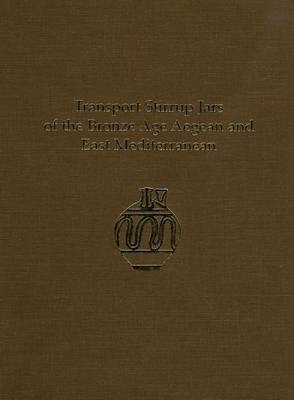The transport stirrup jar was a vessel type used extensively in the Late Bronze Age III Aegean world. Found in a variety of contexts, the type was used both to transport and to store liquid commodities in bulk. The peak of the production and exchange of this jar corresponded with the time of economic expansion on the Greek mainland. On Crete, stirrup jars appeared at most major centers on the island. Their presence in large numbers in storerooms indicates the movement of commodities and the centralized storage and control of goods.
The broad distribution of stirrup jars at coastal sites in the eastern Mediterranean and their presence in the cargoes of the Uluburun, Gelidonya, and Iria shipwrecks clearly shows their role in the extensive exchange networks within the Aegean and beyond. Because they represent significant Aegean exchange, tracing their origins and movement provides information regarding production centers and trade routes. This study concentrates on determinating of provenance of the jars and the subsequent tracing of exchange routes.
The fully integrated research design is an interdisciplinary, collaborative archaeological project that embraces typological, chemical, petrographic, and epigraphic approaches in order to shed light on the jars' classification and origin. The results of the chemical and petrographic work constitute primary parts of the study. By establishing the origins and distribution of the jars, these vases are placed within their historical context.
The identification of production centers and export routes is critical for a full understanding of the economic and political conditions in the Late Bronze Age Aegean and eastern Mediterranean.
- ISBN10 1931534624
- ISBN13 9781931534628
- Publish Date 31 October 2011 (first published 1 January 2011)
- Publish Status Active
- Publish Country US
- Imprint INSTAP Academic Press
- Format Hardcover
- Pages 384
- Language English
